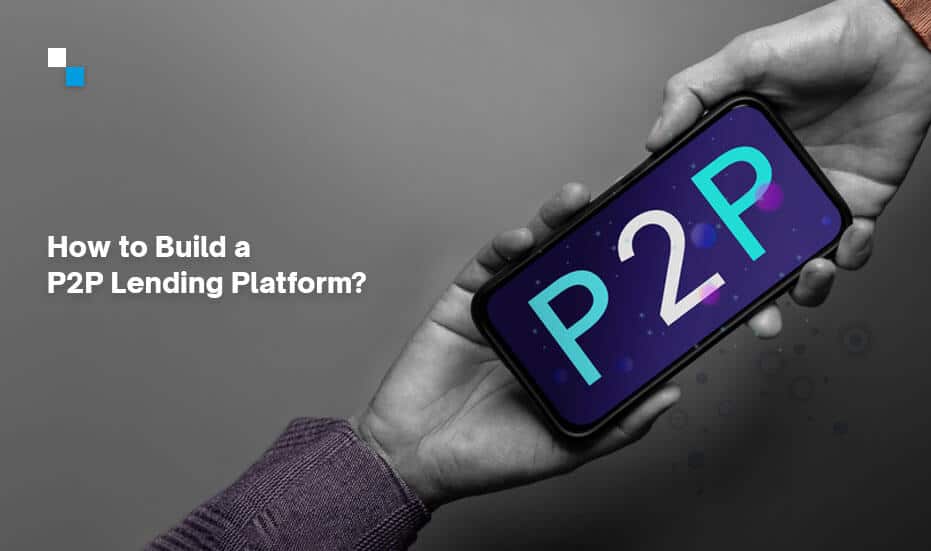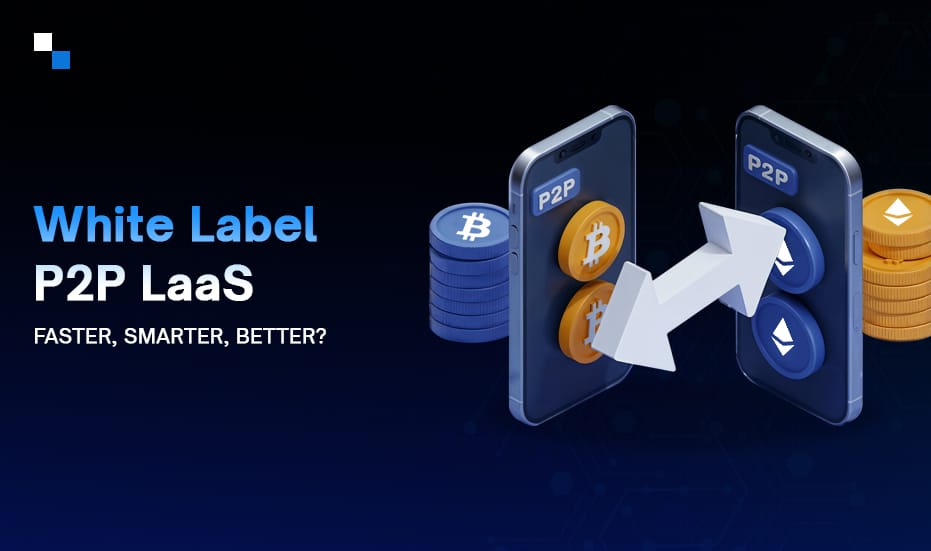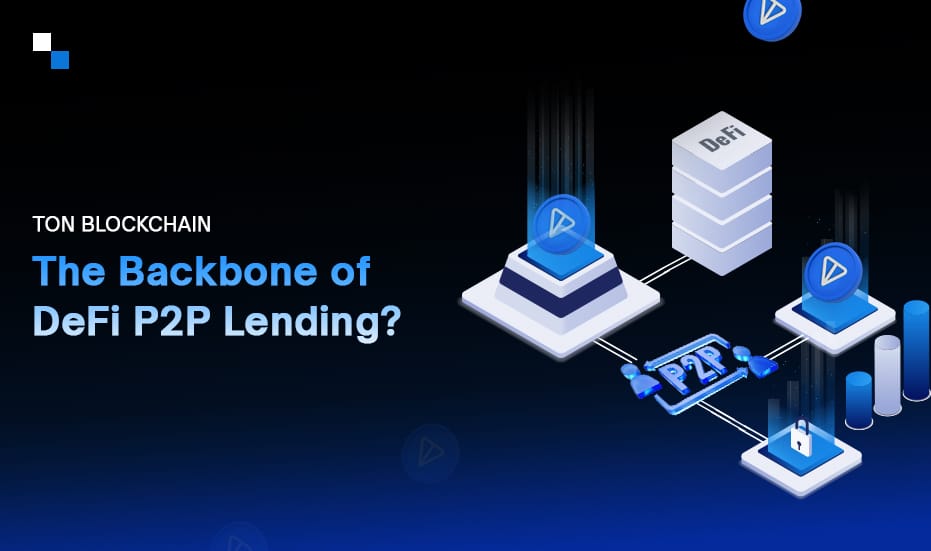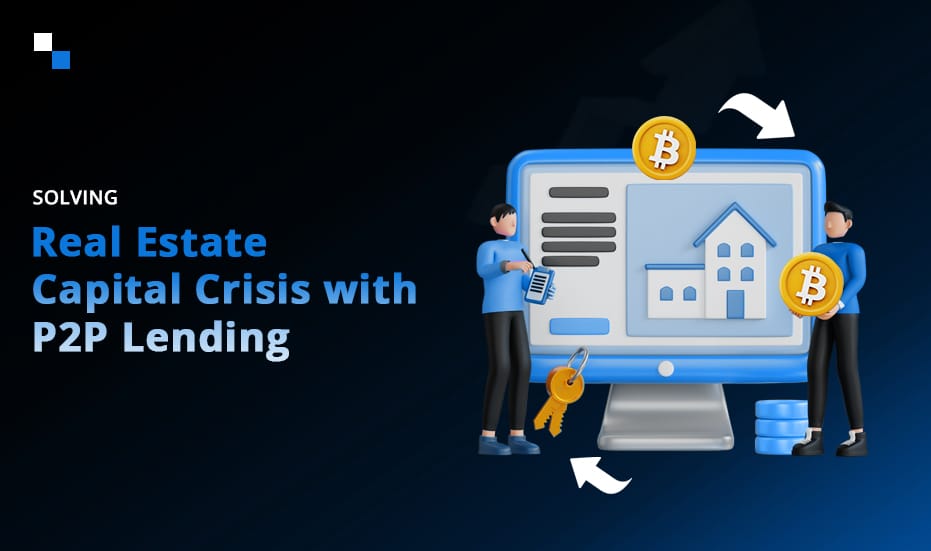
How To Build and Launch A Digital Crypto Bank
June 22, 2022
5 Things To Consider Before Hiring A Cryptocurrency Wallet Developer
June 23, 2022Peer to Peer lending software is becoming increasingly popular. The global P2P lending market will be worth $60 billion by 2022. However, P2P lending is still in its infancy, and several sectors can benefit from the P2P lending platform software; traditional lending is a huge business; however, with the advent of P2P lending, more and more people are trying to take advantage of it. Some people might find it challenging to get a loan from a bank. In such cases, P2P lending platform software can prove to be a good business venture. White label P2P lending platforms have revolutionized how these platforms are being developed. Let’s explore how a white label P2P lending platform can enable young entrepreneurs to make a swift entry into the world of crypto lending.
What are Peer-to-Peer Lending Marketplaces?
P2P lending has provided new opportunities to a variety of businesses. Individuals now have good options for costly bank credit, while astute capitalists can earn from this initiative. Cheaper borrowing rates, minimum red tape in the financing system, and a quicker, improved acceptance ratio are all reasons to smile for users. Due to reduced price fluctuations, the stakers expect a higher ROI than other financial products. As a result, it is a significant boon for all stakeholders.
Cryptos are a hot cake, attracting many enthusiasts these days. Moreover, an economic transformation may come, and peer-to-peer lending is expected to do great. Many firms are currently conducting Initial Coin Offerings (ICOs) to seek funding for new ventures, initiatives, or their evolution. Eventually, many organizations would sell various solutions and product lines based on digital currencies. Analysts agree that distributed ledger has limitless possibilities and can change our consumption.
Before getting into Finance and seeing how it will transform the loan sector, it’s critical first to grasp what P2P markets are and what they accomplish. P2P platforms are connected markets wherein lenders and funders connect. Individuals and businesses can both invest and borrow from this. These platforms vary from conventional institutions since they do not store assets but serve as a channel for creditors to engage. They make the entire procedure convenient.
They derive revenues from brokerages and charge from the participants engaged in the funding and borrowing because they do not keep any assets. There is everything for concerned participants to profit from the features on offer, including quicker approvals and payback conditions, lower judgment timeframes, and nearly no operating charges & fees. Each Peer to peer lending software has varied yields depending on the client’s background and lending, with stakeholders aiming for an 8 percent to 13 percent ROI on the deposit.
What is the process of peer-to-peer financing?
Peer-to-peer financing is a relatively simple method. All transfers take place on a specific digital interface. The steps involved are explained below in the general peer to peer lending software:
- A prospective customer who wants to get a debt fills out an online application on the P2P lending system.
- The software evaluates the applications and establishes the applicant’s vulnerability and creditworthiness. The customer is then allocated the applicable interest rate.
- Once the application is validated, the client is notified by the lenders of the possible alternatives depending on his creditworthiness and allocated interest rates.
- The candidate might weigh the available possibilities and select one.
- The client is liable for making regular interest payments and paying down the principle.
How to Create Your P2P Lending Platform
We’ve described the many steps you can take to get closer to building your peer to peer lending software:
1. Determine your market: It is critical to choose the segment you will be addressing and the types of borrowing and lending you will initiate on the cryptocurrency lending platform. It is preferable to specialize in a few debts rather than deal with them altogether. Lease financing, vehicle loan, housing finance, student loans, consumer lending, and other types of loans are available. Recognizing your business model is a must before progressing to the next stage.
2. Maintain legal compliance: To remain legal, you must register your P2P lending platform in the countries where you intend to conduct transactions. Make sure to follow the regulations of the country, province, state, or territory where your platform will be registered. As a result, your company’s software system will be optimized for each market.
3. Create validation procedures that are straightforward and clear: Everyone involved in the smart contract-based peer-to-peer funding solution must validate every personal information. Everyone participating should adhere to similar practices, regulations, and circumstances. The equality and transparency of operations can thus be preserved.
4. For interactions with professionals in the trade: It can go beyond suggesting that having relations in the industry is essential for the growth of your crypto lending solutions. Connect with the development or legal teams to lead your company correctly. Build relationships with local entrepreneurs and consultants in the same sector.
Create Your own P2P Lending Platform
Schedule Free Demo5. Strategize your Marketing Plan: Once everything is in place, you may require some business acumen to raise awareness of your peer to peer lending software. To create a robust marketing plan, given below areas should be focussed:
- Pricing to select the business
- Business Location for your service
- Service or product bouquet
- Marketing to engage the public
The Benefits of a White Label P2P Lending Platform
Adopting the white label P2P lending platform depends on many factors, including your brand philosophy and specific business objectives. However, given below are a few key benefits that are common while using a white label P2P lending platform.
1. Low-cost custom White Label Lending Platform
The upfront expenditure required to launch the white label P2P lending platform software is lower than building it from scratch.
However, starting a venture without requisite knowledge may also be a disadvantage for your firm. It’s always better to hire a subject knowledge specialist to do the job for your venture.
2. Quicker Deployment
If your significant concentration is on planning rather than coding, concentrate on what you are great at.
A white label P2P lending platform would not only cut development costs but will also enable you to devote more time to what is essential. If you’re an entrepreneur, it’s critical to determine your objectives. Thus, a white-label P2P lending platform created by a private entity can be a logical option.
3. Minimizing the possibility of Concept theft
If you hire a service provider to build a white-label lending platform for you, you can protect your copyrights and keep your innovative concept safe before it comes online.
The ideal white-label P2P Lending platform offers a programming team to assure that the product adheres to your specific requirements, even if it differs from the traditional business mechanism.
Conclusion
The peer to peer lending software market has become a very lucrative business in recent years. Many people have made money by investing in these platforms.
If you are interested in starting your own P2P lending platform, partner with Antier Solutions. We provide business-oriented solutions to build customized P2P lending platforms. In addition, we specialize in providing a white label P2P lending platform fortified with market-leading features.
Schedule a free demo of our white label P2P lending platform or connect with our subject matter experts to share your business needs.



